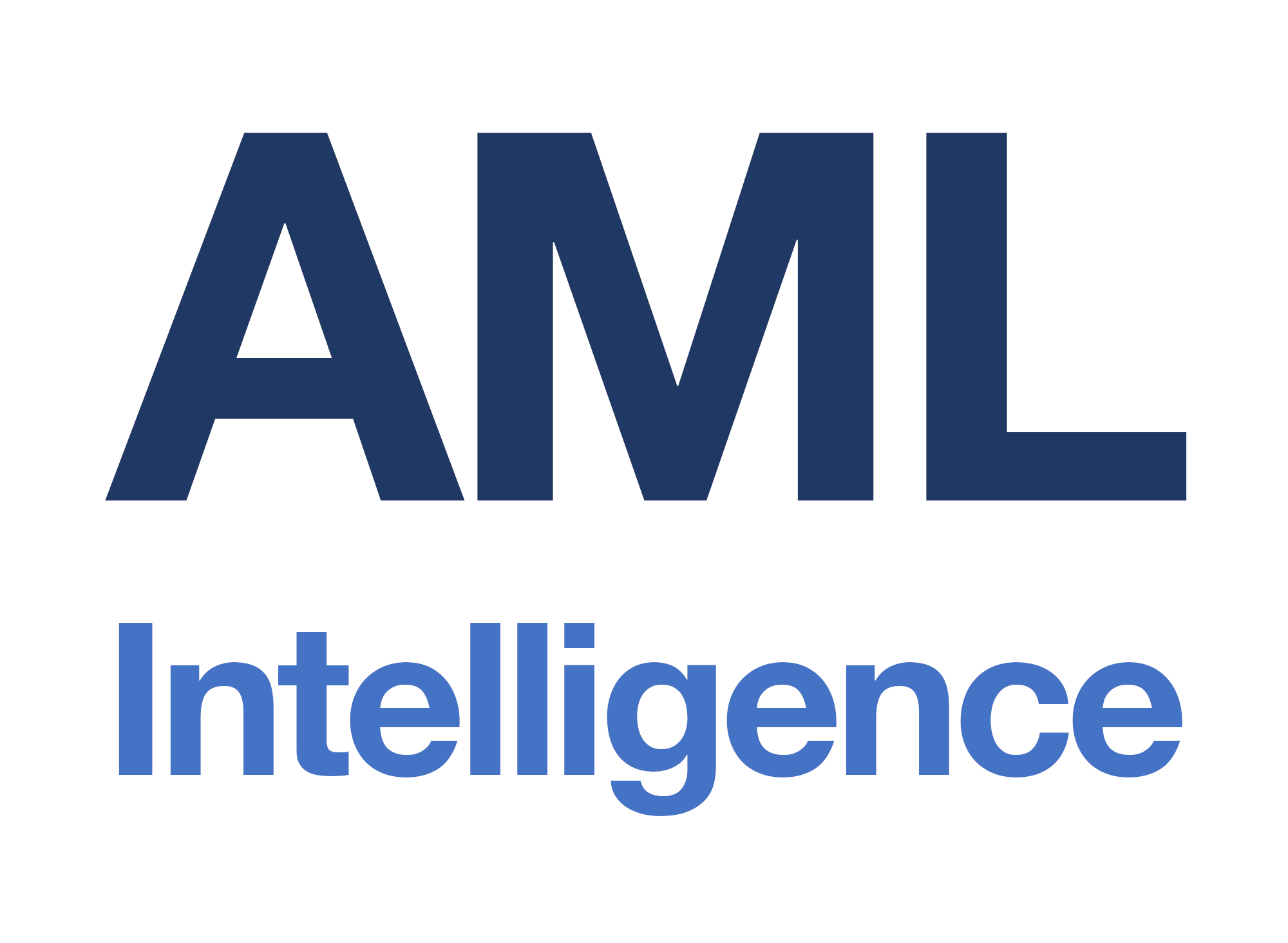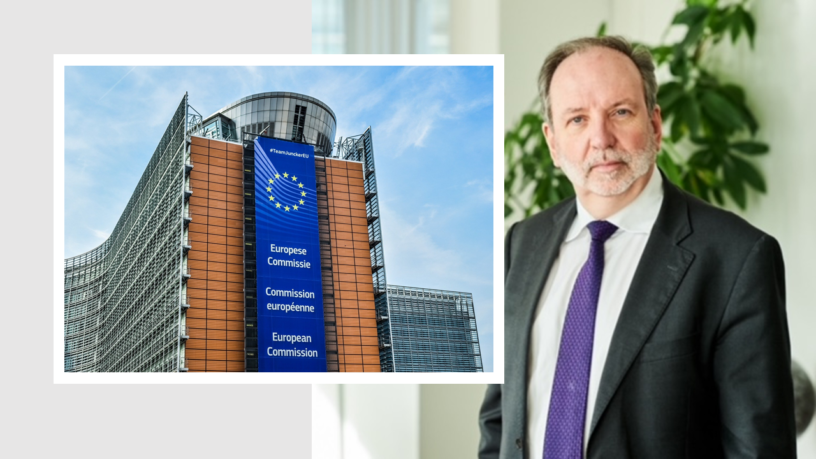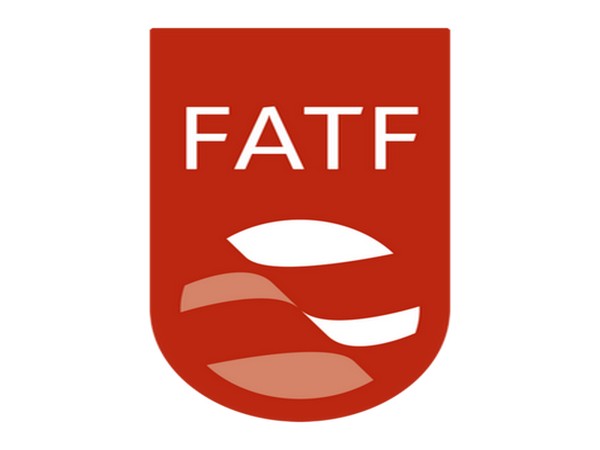Every year, the EU faces the unsavoury statistic of about 1.5% of GDP in the form of criminal proceeds freely circulating around the economy. That means more than €100 billion.
In tackling this problem, a key focus must be preventing these criminal proceeds from entering the financial system. This is why the Commission has proposed a major reform of the EU framework for anti-money laundering (AML) and countering the financing of terrorism (CFT).
In July 2021, the Commission adopted the comprehensive AML/CFT legislative package with two related objectives. The first objective is to harmonise EU rules, so as to equip so-called gatekeepers – those institutions typically targeted by criminals – with more uniform and more effective responses.
This will ensure that their level of protection against money laundering and terrorist financing is the same across the EU.
The second objective is to establish a new EU-level AML/CFT Authority. This Authority – to be known as AMLA – will improve the quality of supervision of gatekeepers and will enhance cooperation among national financial intelligence units (FIUs).
In this article, I will focus on AMLA and why the EU needs it.
Effective supervision ensures that gatekeepers apply the AML/CFT rules to prevent crimes. Meanwhile, FIUs provide the bridge between prevention and the detection and prosecution of such crimes.
Based on experience, the Commission has concluded that responsibility for supervision and the functioning of FIUs across the EU can no longer remain exclusively at national level. An EU-wide dimension in both these areas is needed to protect the Single Market and address cross-border aspects of money laundering and terrorism financing.
“We need to have AMLA in place, as soon as possible – but we must get the design features right if it is to function as required.”
So, the Commission has given careful thought to those design features when tabling its proposal and we believe that we have proposed the right balance in terms of AMLA’s tasks, powers and resources. Now, it is for the Member States and European Parliament to have their say.
“AMLA will become the centre of a new integrated Union AML/CFT supervisory system. This system will be more coherent and so stronger and more effective than the sum of its current parts.“
We know that AMLA will directly supervise some of the riskiest financial sector entities. The tools available to AMLA will be just as comprehensive as they are at national level, with the possibility to address binding decisions and to impose significant sanctions in cases of non-compliance with EU requirements.
However, in the spirit of the system-based approach underlying the Commission proposal, AMLA will supervise in co-operation with national AML authorities. Supervision will be conducted by joint supervisory teams, which will include staff from both AMLA and relevant national authorities. AMLA will also supervise indirectly, working with the responsible national authorities to ensure consistent application of AML/CFT rules across the EU.
“AMLA will enable FIUs across the Union to better execute their strategic and operational tasks.“
AMLA will allow mutual assistance and ensure convergence of practices among all EU FIUs. It will host the communications network FIU.net and will ensure the organisation and conduct of joint analyses of suspicious cross-border transactions and activities.
Today, the absence of a common structure to underpin cooperation between FIUs leads to situations where joint analyses are often not performed because of a lack of common tools or resources. The result is fragmentation, which impairs the EU’s capacity to detect money laundering and terrorism financing early and effectively.
So, these improvements in the functioning of FIUs – based on more extensive information exchange and deeper cooperation, – are every bit as important as improvements in supervision.
‘It will take time for AMLA to reach its cruising speed, so we will need to be patient’.
The next obvious questions are about the timeline. When will the new Authority be established and when will it reach its ‘cruising speed’?
In fact, AMLA will be a ‘start-up’ operation and so it must be built from scratch. This was a conscious choice by the Commission, with a view to maximising synergies between its supervisory function and its mandate to enhance cooperation between FIUs. But, as with all start-ups, AMLA will inevitably face important challenges as it evolves over time.
The Commission proposal envisages AMLA being operational by 2023, but it will not be fully operational for a while longer. AMLA will begin by developing a so-called single rule book based on regulatory technical standards and a truly harmonised supervisory methodology, based on best practices across the EU.
Only after the single rulebook is in place can AMLA begin to supervise gatekeepers directly. On this basis, the expectation is that AMLA will be fully operational by 2026.
Make no mistake – this is an ambitious timeline, and we have to keep in mind the legislative process for adoption of the new framework. However, the ball is already rolling, as the outgoing Slovenian Presidency of the Council has finished the first reading of the entire package, which is no small feat.
The European Parliament has appointed the rapporteurs responsible for all legislative instruments of the package and even organised first public hearings. Co-legislators are committed to do their best to be both effective and quick, and the Commission is ready to support them every step of the way.
Today, as we start the new year, I do not want to look back and focus only on the reasons that brought the Commission to propose the AML/CFT package. AML/CFT arrangements have already moved and improved to some extent in recent years. But, there is much still more to be done. In the Commission, we believe that AMLA and the other elements of our AML/CFT package will deliver what is needed and so better equip the EU to face future challenges.
Share this on:
Follow us on:









